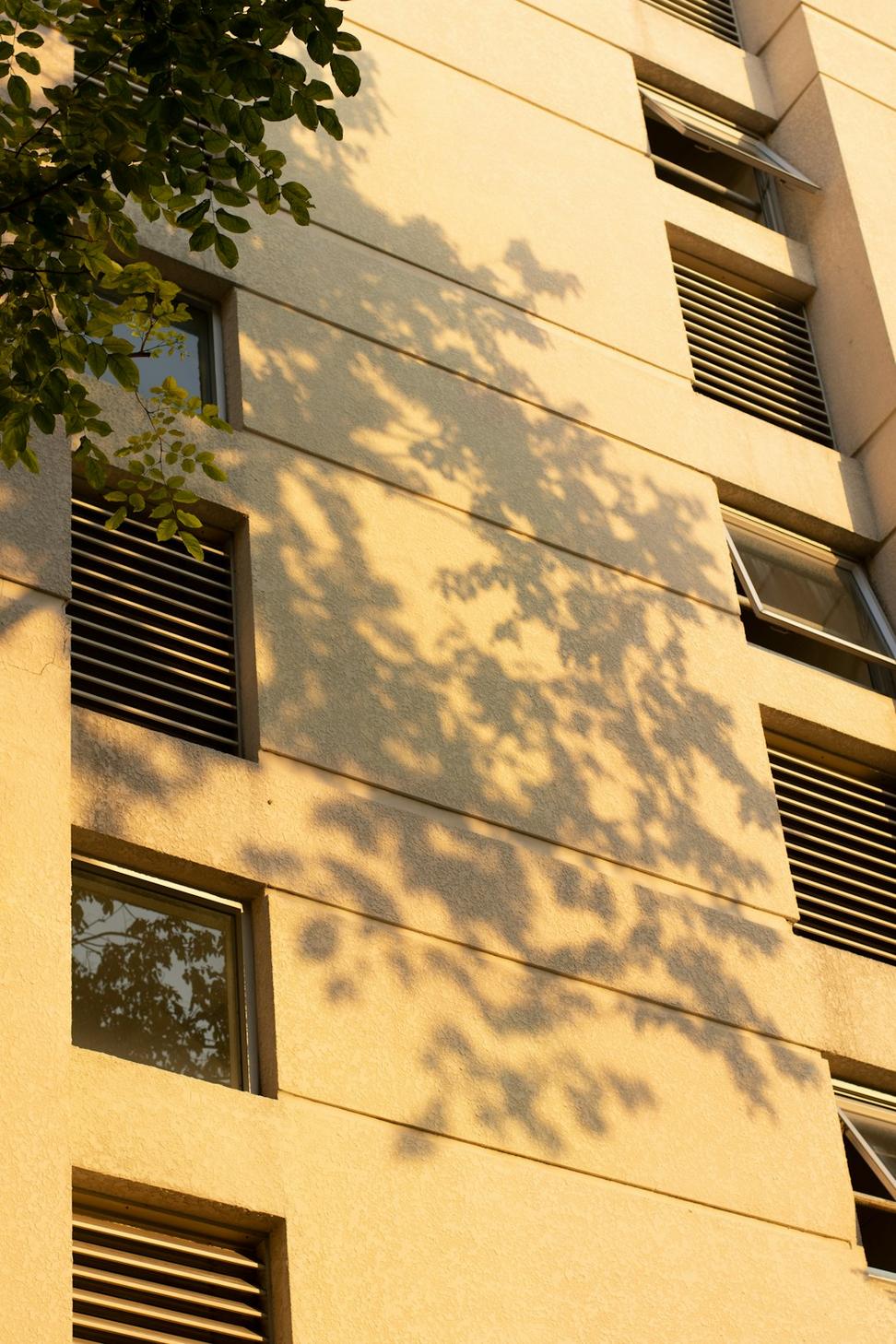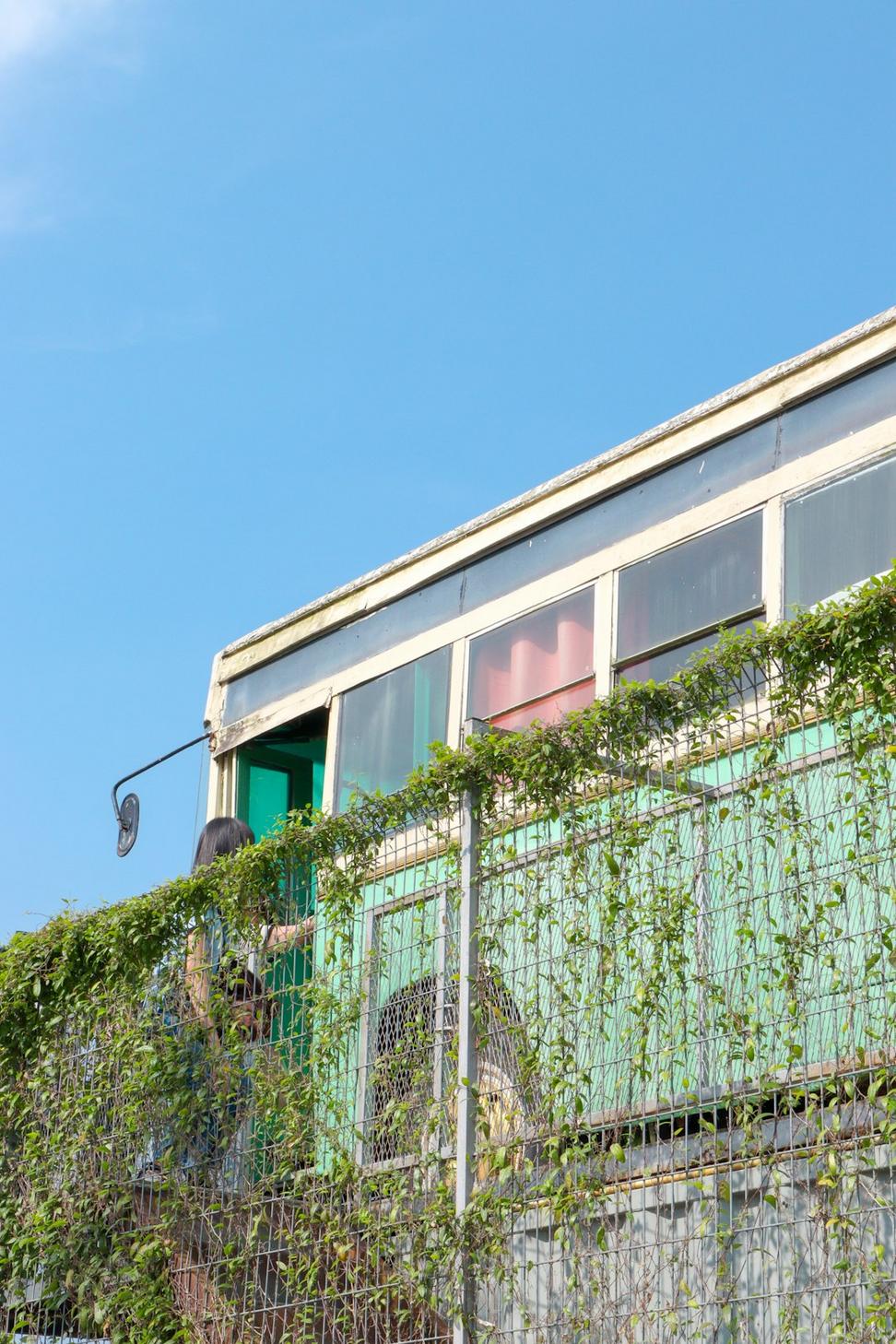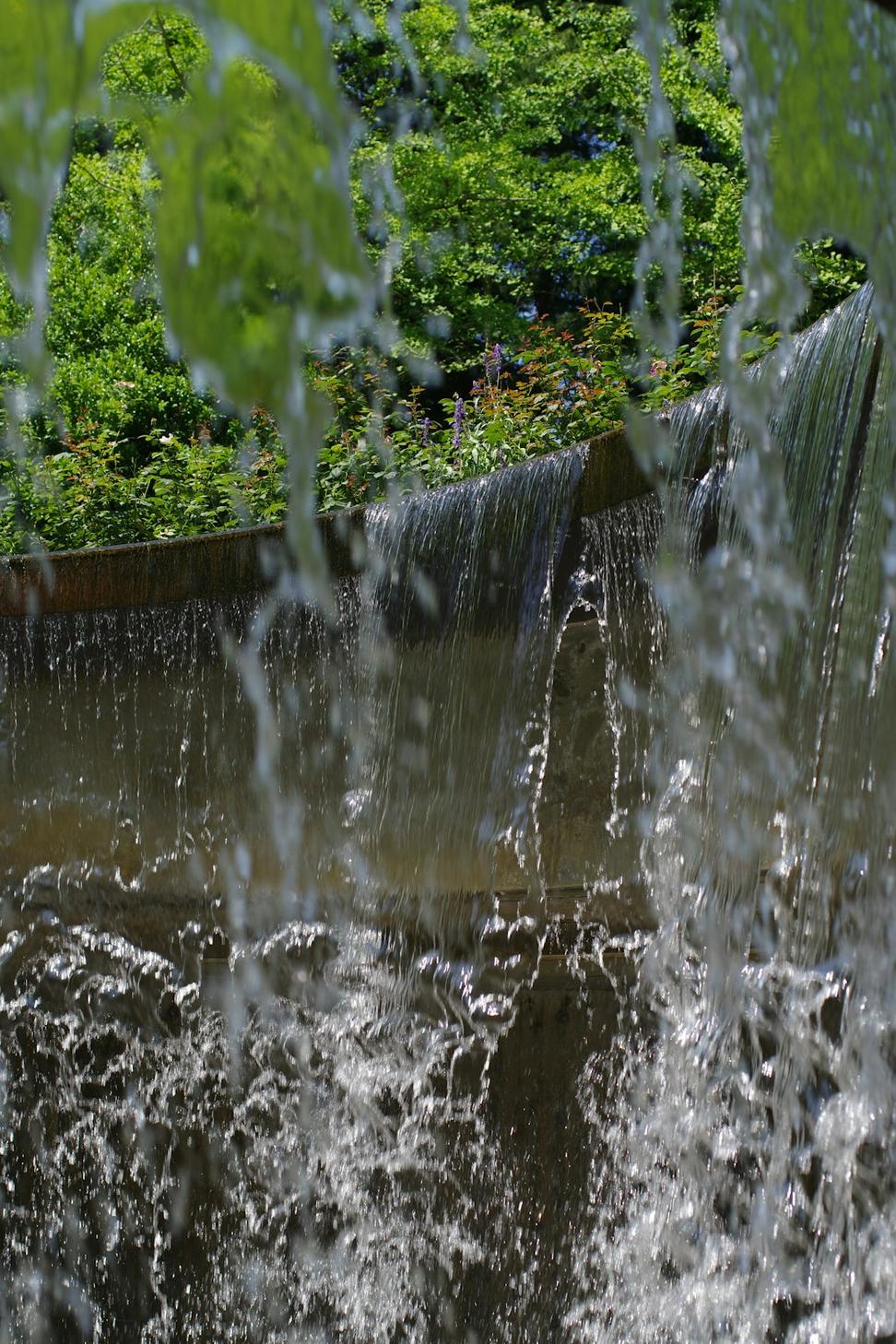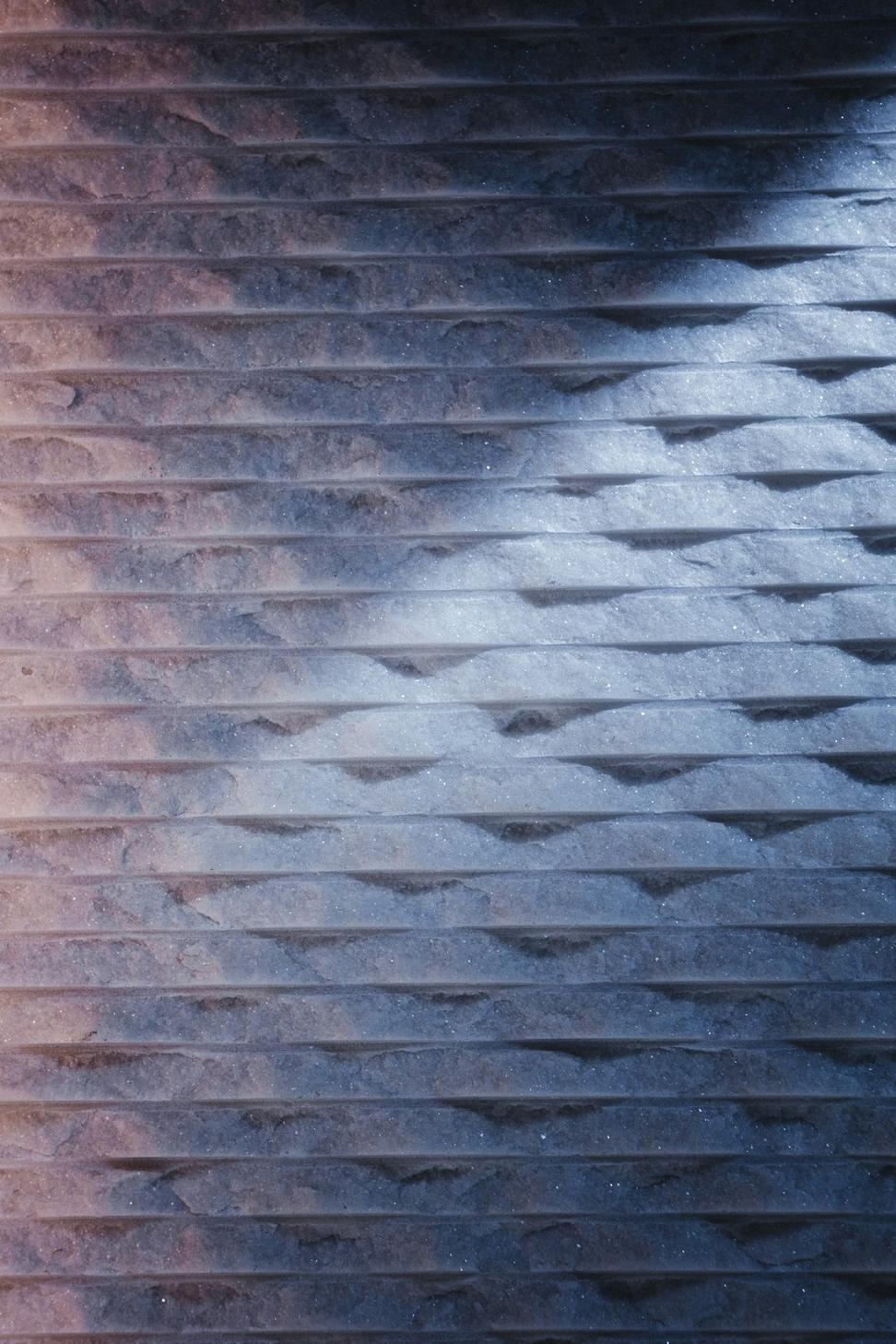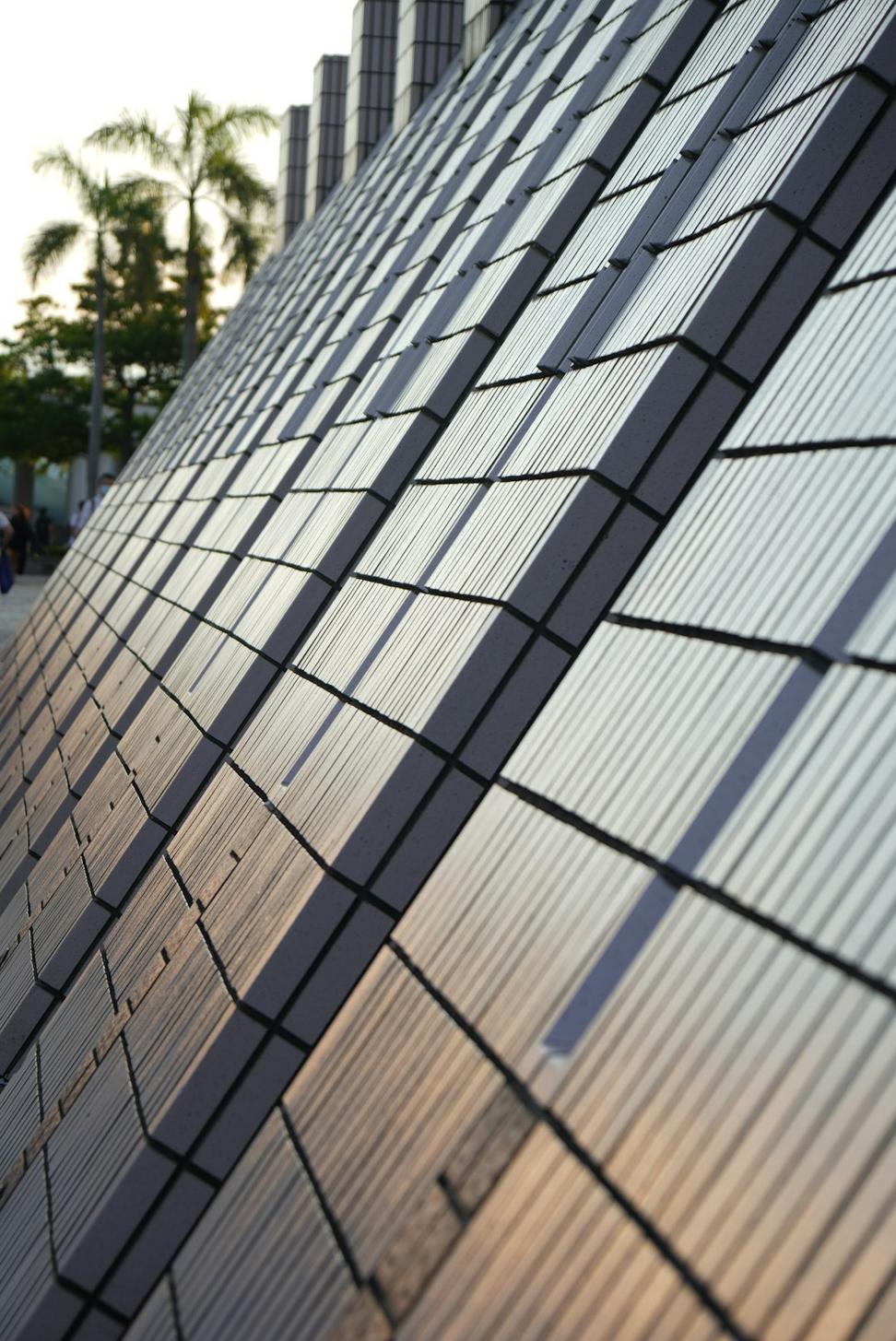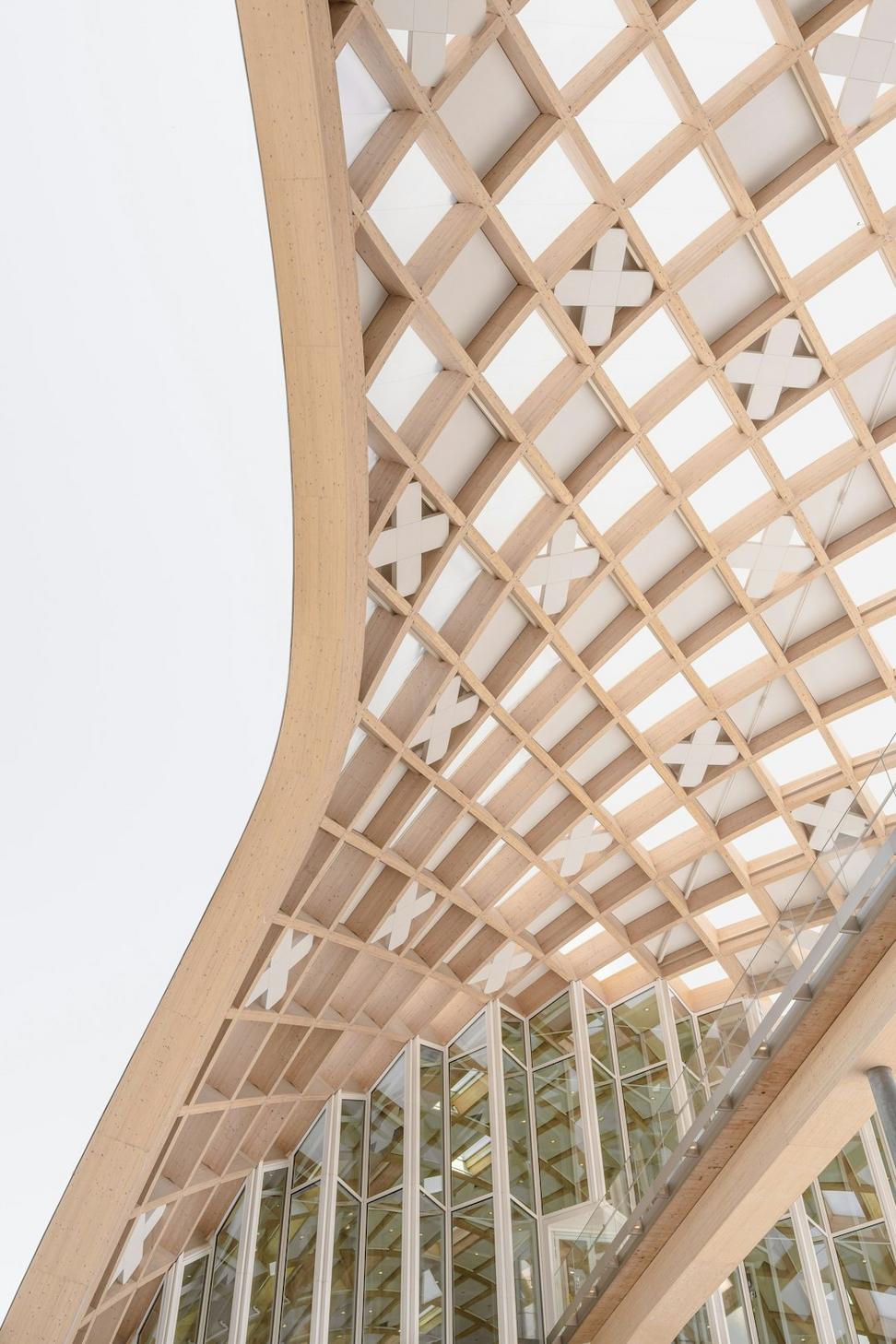
Not Just Ticking Boxes
Look, anyone can slap some solar panels on a roof and call it sustainable. We dig deeper—way deeper. Every project starts with a proper site analysis, understanding local climate patterns, studying sun paths throughout seasons, and honestly assessing what'll actually work for your budget.
We're talking passive heating and cooling strategies that your building does naturally. Rainwater harvesting that makes sense. Native landscaping that doesn't need constant maintenance. Materials sourced locally when possible, 'cause shipping stuff across continents kinda defeats the purpose, y'know?
And here's the thing—we track everything post-occupancy. We wanna know if our designs actually perform like we promised. That feedback loop? That's how we keep getting better.
